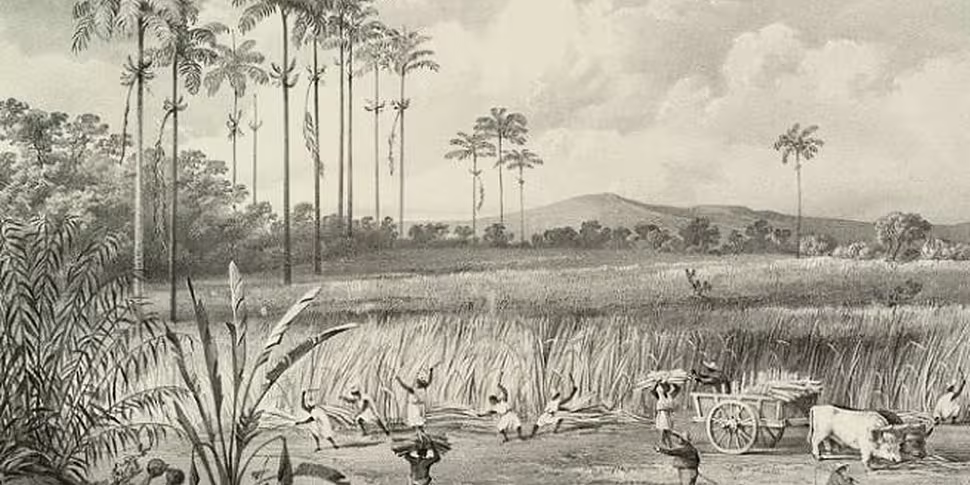Sugar, or the sugarcane plant, has been in use for millennium. It is native to tropical regions in South and Southeast Asia and it is in these areas that this common commodity originated. However, it wasn’t widely cultivated until sugarcane spread to India, around 400AD, where their techniques in refining this product continually developed.
Initially, sugarcane made its way to Europe by way of the Persian conquests, which encroached on Spain and Southern Europe in the eighth and ninth centuries. However they didn’t infiltrate much further. The crusades that followed in the subsequent centuries saw sugarcane make further inroads to the west, but it remained a costly and precious spice across the continent.
This began to change with the age of exploration. When Spanish and Portuguese explorers arrived in these tropical lands, they returned with the plant and introduced it to their native lands and it slowly began to spread across Europe.
The events that followed represent one of the more acrimonious aspects of this crops history, its relationship with the slave trade and the sugar plantations in the Caribbean. In these regions, such as Barbados, Jamaica and the Virgin Islands, the climate was ideal for its growth.
The plant made its way to the new world by way of the European superpowers extensive colonisation, as sugarcane production became widespread. This had the effect of lowering cost considerably and normalising the product in Europe and consumption increased rapidly.

Sugarcane cutters in Jamaica in the 1880s
However, the plantations were served by millions of slaves who undertook hard labour in strenuous conditions to harvest the crop. This process was a core tenet of the triangle of trade that supported the European empires of the day.
The sugar that was produced was shipped to Europe, where it was sold and also traded to African colonies in exchange for slaves. They were then shipped to the Americas to produce these goods and so the operation was sustained and continually repeated.
It was a brutal practice, with many perishing throughout the process. Indeed, these high death rates increased the need for labour and were one of the main reasons for the inaction of the slave trade. This economic activity was finally abolished during the nineteenth century, but the trade of this good continues to be an important industry across the Caribbean.
Incidentally, its production also moved back to India around this time, now overseen by the East India Company. Since its original cultivation across Asia, Britain had gained control of much of the sugarcanes homeland. With the help of parliament they continued to exploit this plant, at even less of a cost than in the West Indies.

A sugarbeet farm in Belgium
Recent developments in this industry include the production of sugar beet, which is widely practised today. This is relatively recent and was first discovered in the 18th century. During the nineteenth century the use of this plant continued to grow and it now is widely produced across Europe, in countries such France, Germany, Russia and Ukraine, as well as the United States. This has eased the western world’s reliance on importing sugarcane. However, in spite of the growth of this industry, it still pales in comparison to the dominance of the sugarcane trade.
Listen in as Patrick and his expert panel journey through the cultural history of sugar. What was the nature of the trade of sugarcane as it spread across the world? How did sugar become a staple of the Irish household? And what is the economic and social importance of this commodity today?









